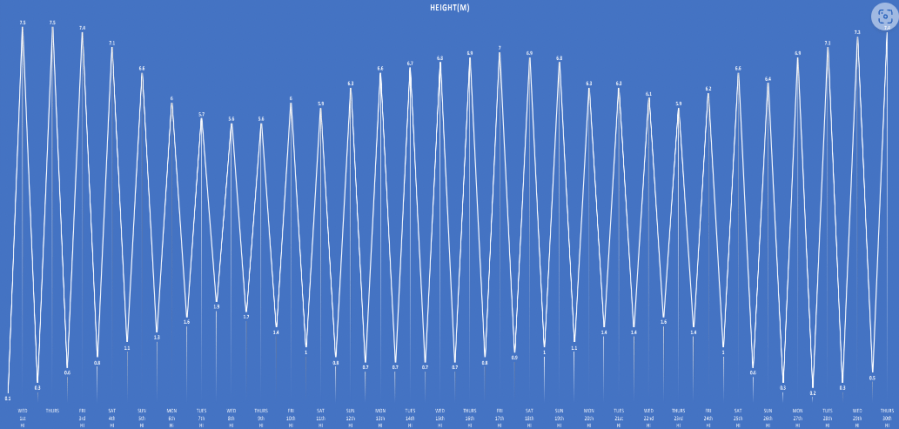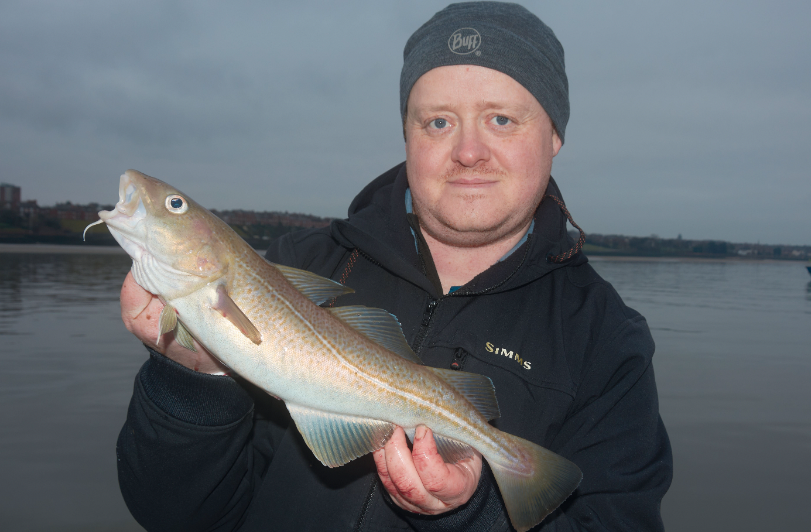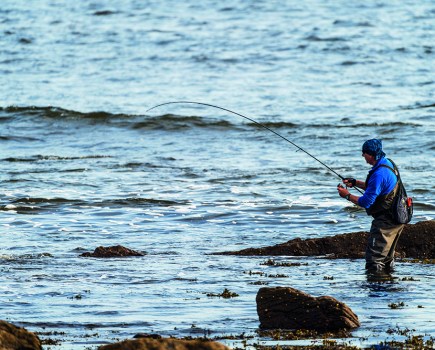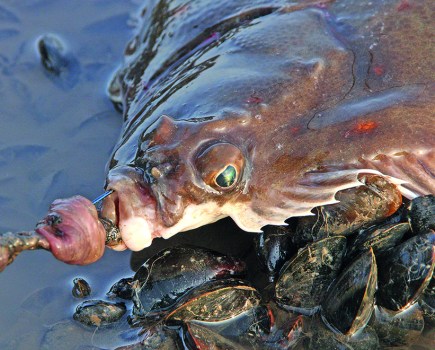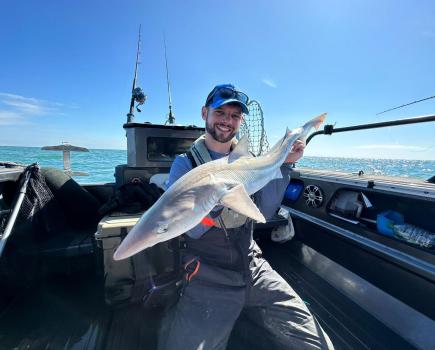Shore COD
November, arguably, offers the most consistent chance of a shore cod. This winter should see some fish in the 6lb plus bracket left over from the 3 and 4lbers that some regions saw during the winter of 22/23.
Tide Talk
The bigger spring tides, with their more powerful tide flow, pull in larger numbers of cod tight inshore, especially in rougher seas. The best cod tides this month fall from the 10th to the 18th with the 12th to the 17th looking prime. Later in the month tides from the 23rd to the 30th are good, with the peak tides for cod being between the 25th and 28th.
On surf beaches, cod show from low water, but the peak feeding period is generally the middle hours of the flood when the tide flow is strongest. High water slack can be slow. Ebb marks can be few and far between unless there are rocky reefs from the mid tide area to low water and beyond to hold the fish, as they tend to move out to deep water quickly otherwise. On rough ground beaches, it’s much the same with the first hour of the flood seeing the odd fish, but most bites coming during the mid-tide period. If you can find rock ledges or points with direct access coming in from the sea and giving into deeper water, then ebb fish are also possible.
It’s no secret that in most areas the best of the cod fishing will be during the hours of darkness, so again a tide that starts to flood and has high tide both in the dark will invariably fish best. This even applies in coloured water.
Tactics
12 to 14ft rods casting 6 or 7ozs with a multiplier reel holding around 250yds of 20lb mono and 60lb shock leader, or a fixed spool reel loaded with 30lb braid, and an 80lb braid shock leader cover all clean and mixed ground fishing.
In heavy, rough seas, bigger reels with 30lb mono and a shock leader or 50/60lb braid straight through give the power to muscle fish away from snags. The best rig is a simple pulley rig ending in either a single 4/0 hook, or two 4/0 hooks rigged Pennel style.
Lug is the number one bait, especially black lug tipped with blow lug. Also tip the black lug with ragworm, mussel, crab or a strip of squid. In the rougher ground, mussel or frozen or fresh peeler crab work well alongside the worm.
Hotspots
The Northeast scars and rock ledges, Holderness Coast, Chesil Beach, both sides of the Bristol Channel, Mersey Estuary.
Other possible species
Bass, whiting, outside chance of a thornback, strap conger, huss.
Uptide COD
November is recognised as the true start regards winter uptide casting for cod within our bigger estuaries and other inshore areas where tide runs are fast and powerful.
Tide talk
The best of the cod fishing will be during the tides rising towards the biggest springs. These fall from the 9th to the 12th. The bigger, faster spring tides falling on the 13th to the 17th. These will also produce good catches but expect the feeding period to be more concentrated either side of the middle flood period with the third hour of the flood seeing bites ease away for a short time. The tides decreasing in size on the 18th, 19th and 20th will still produce fish, but expect catches to fall away quickly as the tides decrease. The tides start to build again on the 22nd, with the biggest tides falling from the 26th to the 30th. This latter group of spring tides are smaller, and these can often give the best of the fishing.
The cod like some tide run, so expect the bulk of the bites to occur from one hour after low water to 1.5hrs before high water. Cod will be caught during the ebb tide, again during the middle flow period, but as is so often the case, the ratio of bites is likely to be less than it was during the flood as the fish drop back quickly.
Overcast days fish better than bright sunny days, even in well coloured water.
Tactics
Uptide rods 9ft 6in in length and casting up to 10ozs are now often fished with a big 8000 sized fixed spool reel loaded with 40lb braid line straight through. The braid catches less tide pressure and gives better bite indication and hook ups.
Use a simple sliding ledger flowing trace rig with a hook length of 30lb fluorocarbon between 3 and 4ft long ending with two 4/0 Viking pattern hooks rigged Pennel style for increased hook ups. Lead weights need to be 6 to 8ozs with long fixed grip wires and long wire tails to anchor in deep as line is released to form that essential downtide bow in the line.
Baits are black and blow lug, ragworm, whole squid and fresh or frozen peeler crab. Tipping black lug with a long strip of squid or adding ragworm, mussel or crab will often induce more bites. And fish big baits up to 10-inches long by forcing old bait up the hook length and adding fresh below.
Hotspots
Yorkshire Coast, Thames Estuary, Bristol Channel, Mersey Estuary.
Other possible species
Strap conger, huss, bass, rays.
